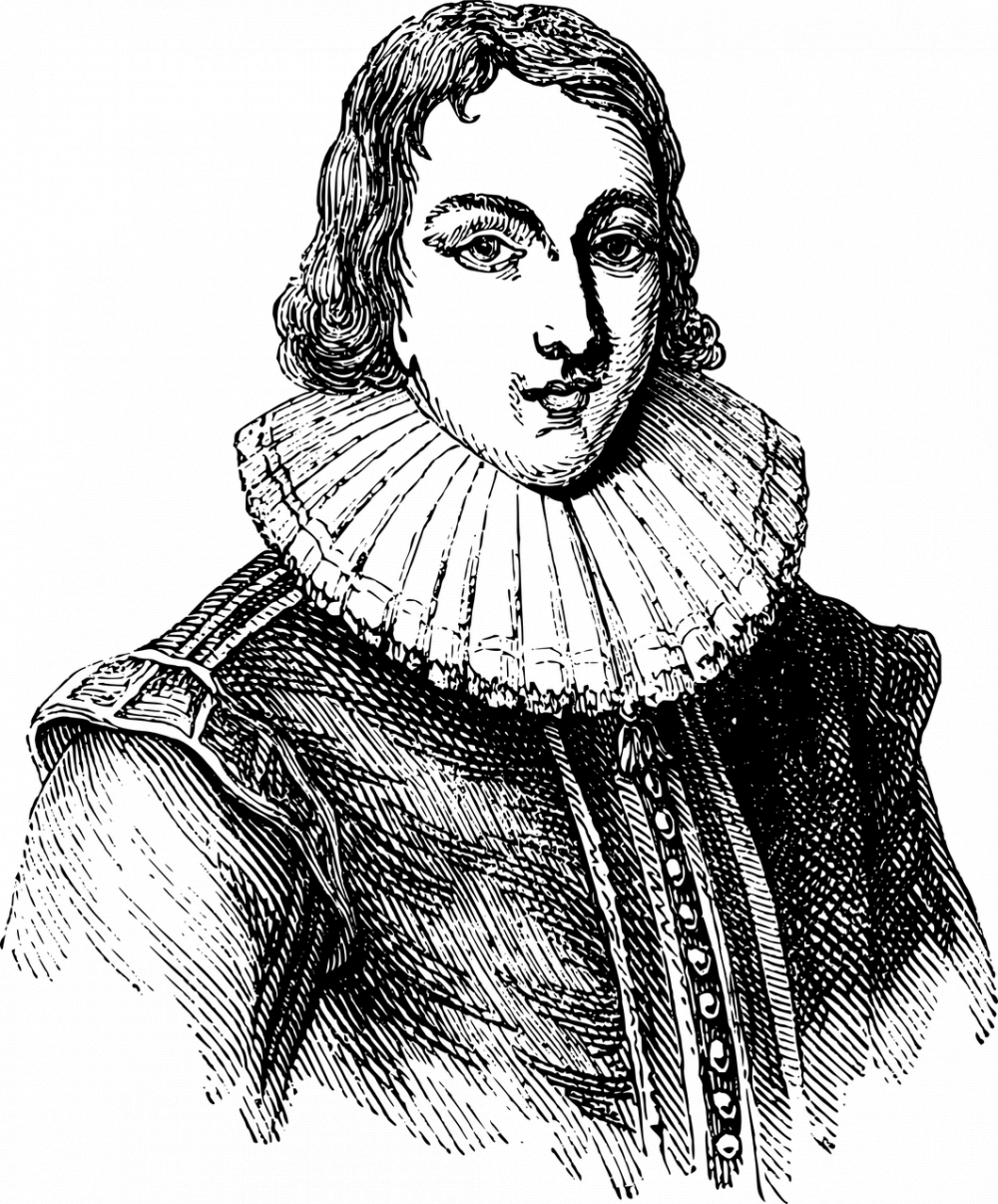Jane Austens Pride and Prejudice: An Immortal Tale of Love and Society

Introduction:
“Jane Austen’s Pride and Prejudice” is a timeless classic that has captivated readers for centuries. Set in the early 19th century, the novel explores the themes of love, marriage, social class, and the roles of women in society. It is a story that continues to resonate with readers, as it highlights the universal human experiences of love, societal expectations, and personal growth.
Understanding “Pride and Prejudice”

– Plot Overview:
At its core, “Pride and Prejudice” follows the story of the intelligent and witty Elizabeth Bennet as she navigates the world of marriage and societal expectations. Set in a rural English village, the novel introduces us to the Bennet family, which consists of the sarcastic yet caring Mr. Bennet, his wife, and their five daughters. The Bennet family’s main goal is to secure advantageous marriages for their daughters, as their estate can only be inherited by male relatives. The plot takes a turn when Mr. Bingley, a wealthy and amiable bachelor, arrives in town and catches the attention of the Bennet sisters. This sets in motion a series of events that involves misunderstandings, societal pressures, and the ultimate quest for true love.
– Key Themes and Messages:
“Pride and Prejudice” delves into various themes that are still relevant today. One of the central themes is the importance of overcoming pride and prejudice in order to find happiness and true love. Austen explores the consequences of judging others based on first impressions and societal expectations, highlighting the importance of looking beyond superficial appearances. Additionally, the novel explores the limited options available to women in the 19th century, shedding light on the struggles they faced when seeking independence and personal fulfillment.
The Evolution of “Pride and Prejudice”
“Pride and Prejudice” was first published in 1813 and initially received mixed reviews. However, over time, it gained recognition as one of Austen’s finest works and a significant contribution to English literature. The novel’s enduring popularity can be attributed to its insightful portrayal of human emotions and societal norms. It continues to resonate with audiences across generations, and its timeless themes have made it a staple in literary curricula worldwide.
– Literary Influence:
Austen’s writing style in “Pride and Prejudice” helped redefine the genre of the novel, particularly in the portrayal of social satire and the exploration of women’s experiences. Her keen observations of human behavior, witty dialogue, and intricate character development have influenced countless writers since. Austen’s ability to infuse her narratives with social commentary while maintaining a gripping plot remains a hallmark of her work.
– Adaptations and Pop Culture Significance:
Over the years, “Pride and Prejudice” has been adapted into numerous film, television, and stage productions. These adaptations have further popularized Austen’s work and introduced her stories to new audiences. Notably, the 1995 television series and the 2005 film adaptation starring Keira Knightley have garnered widespread acclaim and cemented the novel’s status as a beloved classic. The characters of Elizabeth Bennet and Mr. Darcy have become cultural icons, representing the enduring power of Austen’s storytelling.
Featured Snippet-Friendly Structure:
1. Introduction
– Brief overview of “Pride and Prejudice” and its themes
2. Understanding “Pride and Prejudice”
– Plot overview
– Key themes and messages
3. The Evolution of “Pride and Prejudice”
– Historical context and initial reception
– Literary influence
– Adaptations and pop culture significance
4. Conclusion
– Recap of the novel’s enduring appeal and cultural impact
Conclusion:
Jane Austen’s “Pride and Prejudice” continues to be a seminal work of literature that explores timeless themes of love, societal expectations, and personal growth. Its enduring popularity can be attributed to Austen’s remarkable storytelling abilities and her incisive commentary on human nature. As the novel continues to capture the hearts of readers worldwide, it serves as a reminder that despite the passage of time, the quest for love and the struggle against societal norms remain universal experiences.





